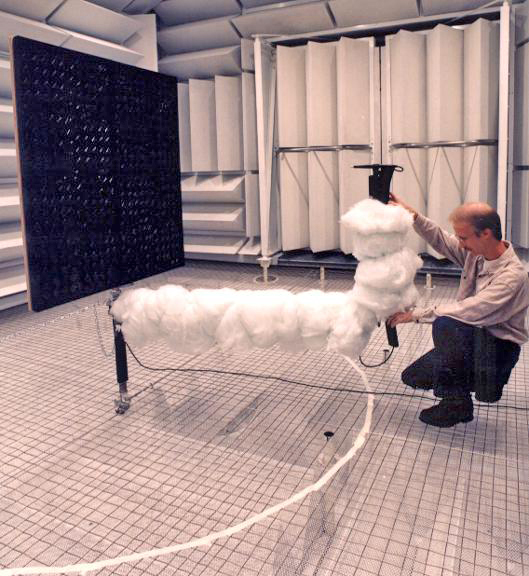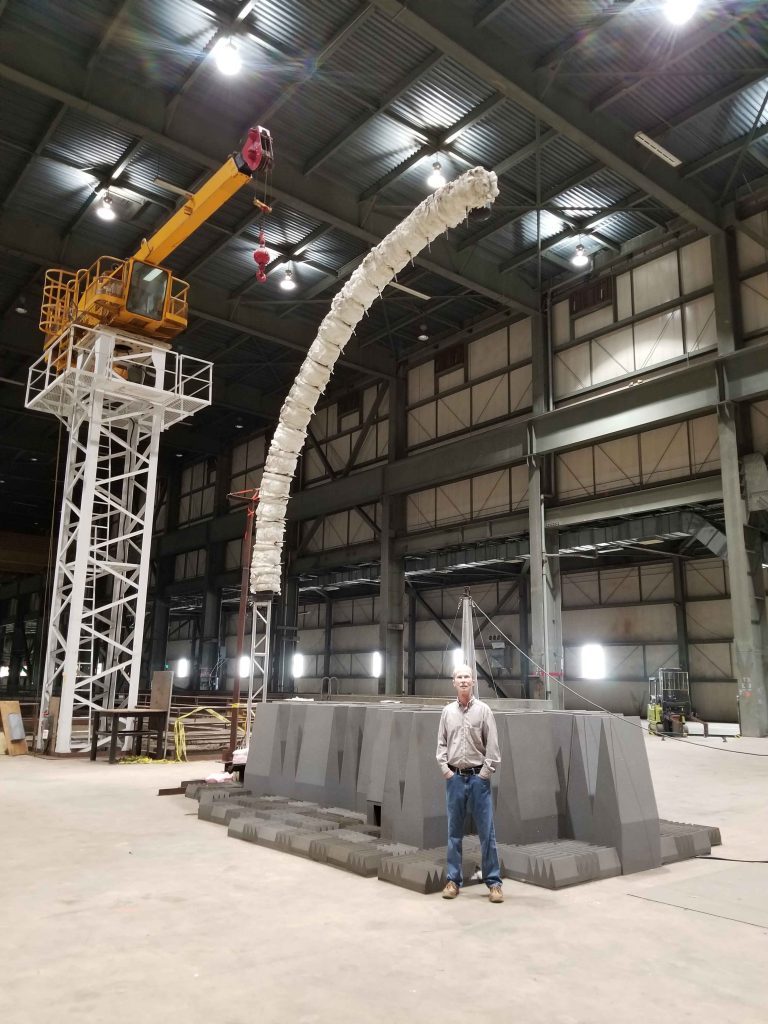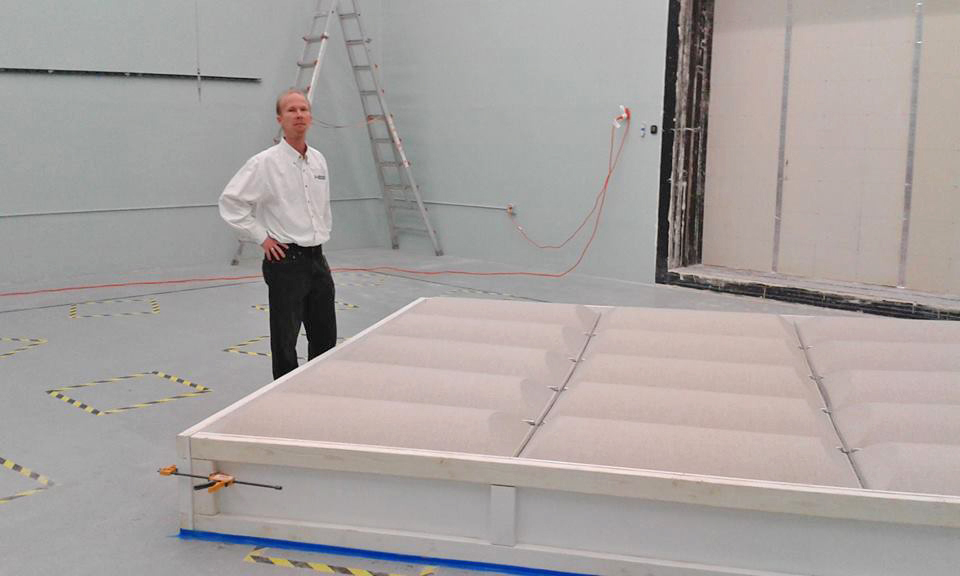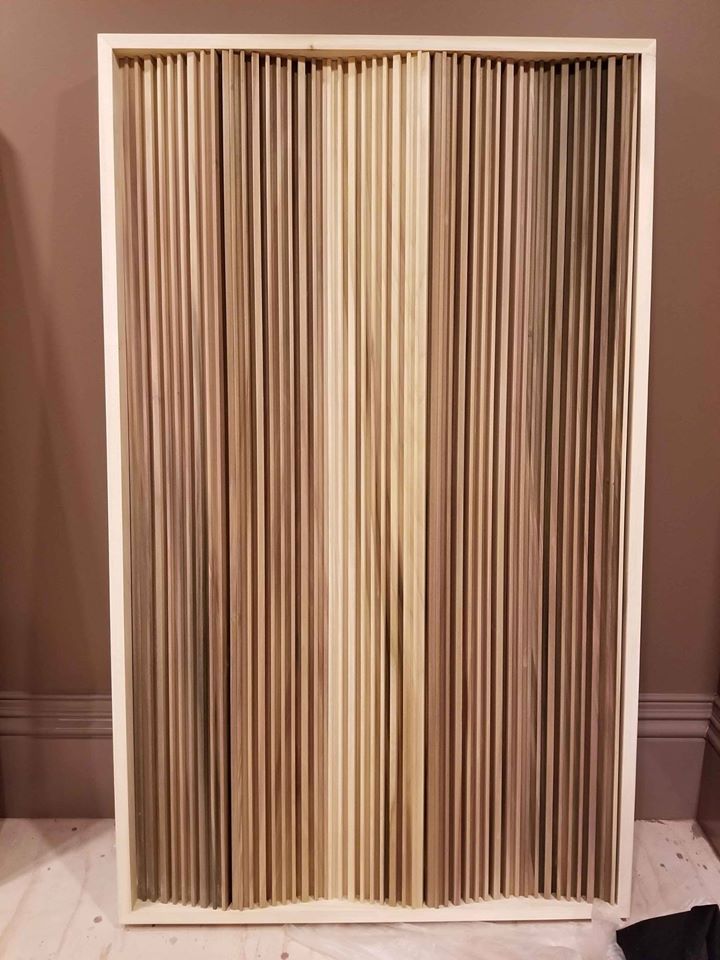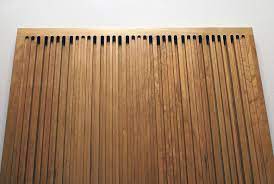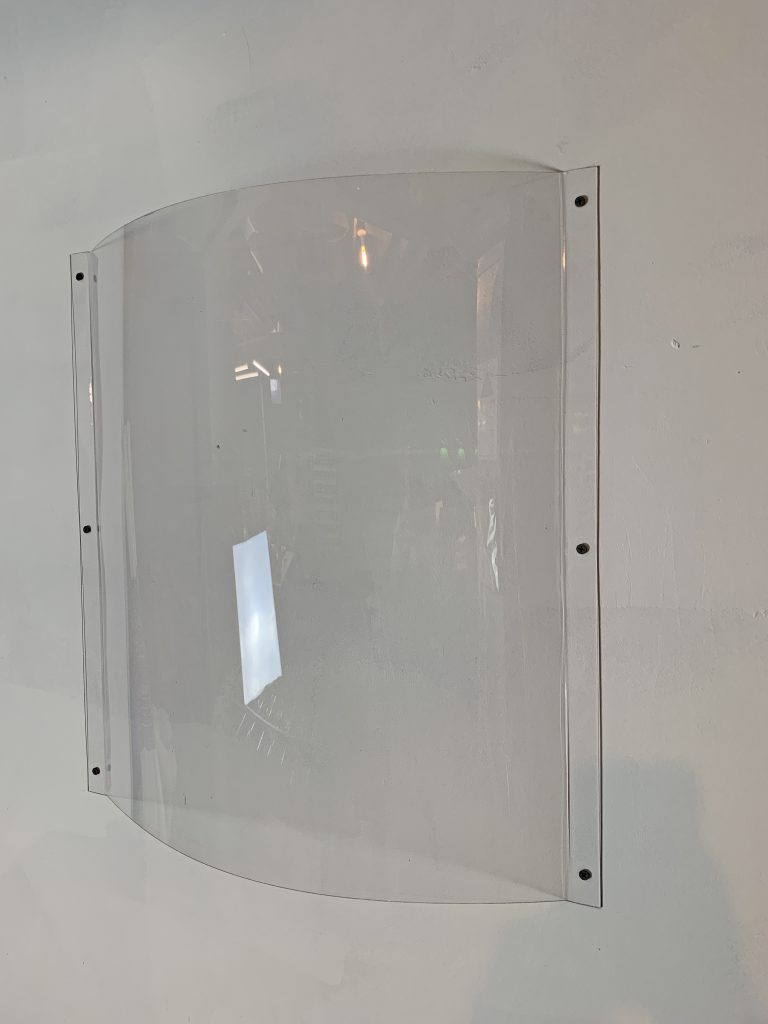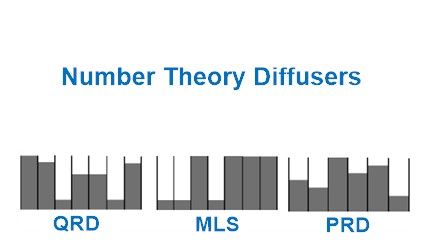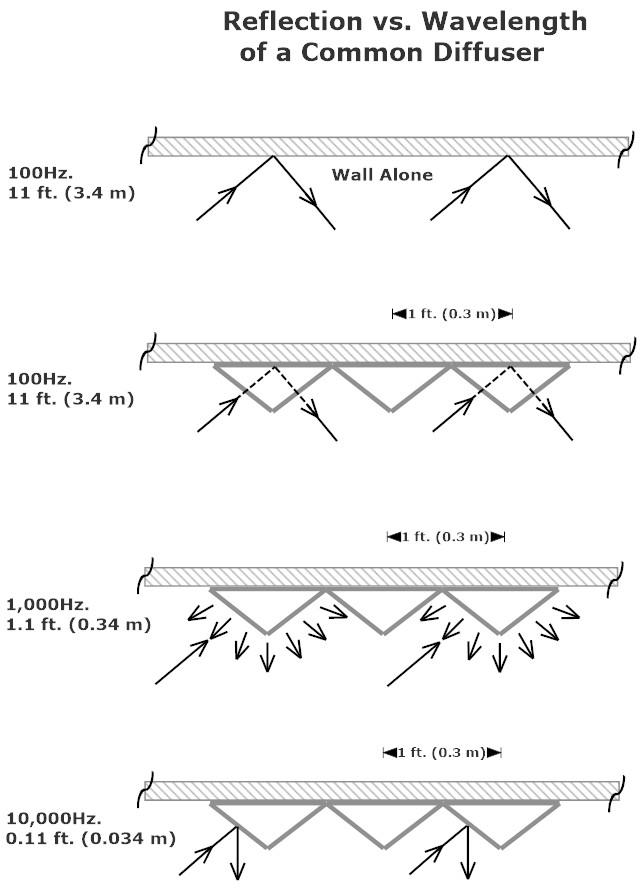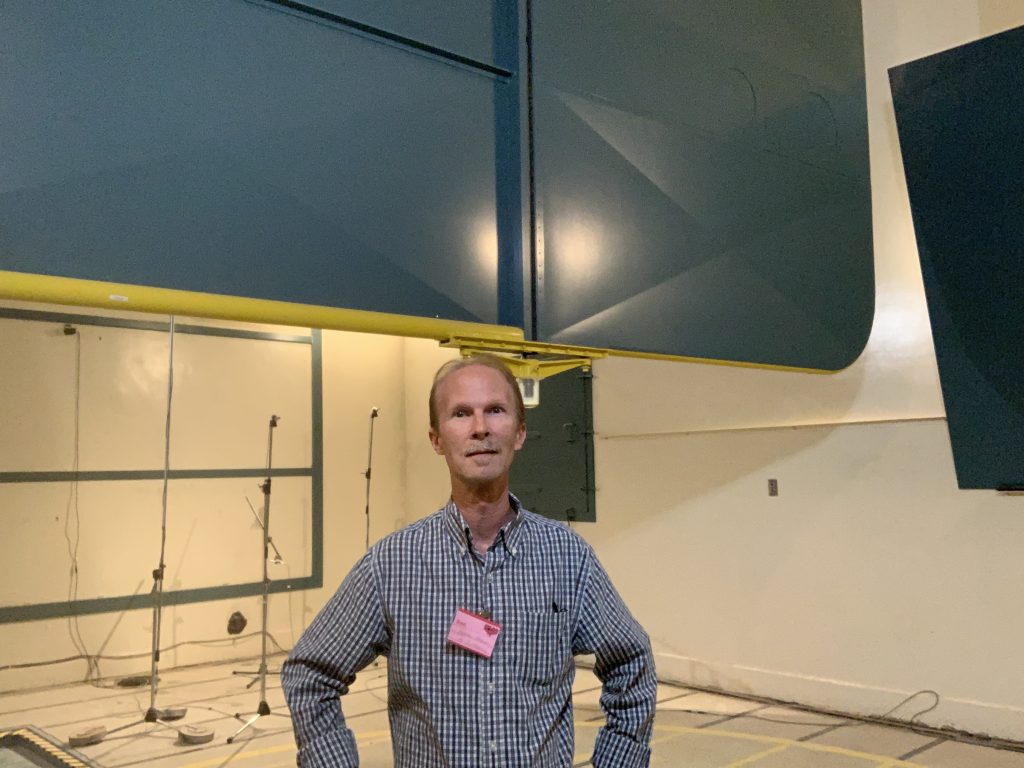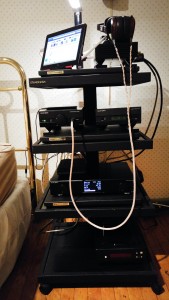Norman Varney of AV RoomService Ltd. has joined Positive Feedback as a Senior Technical Editor as of Issue 113. His expertise in his field of audio acoustics and experience in the field makes him a helpful voice in our creative community for the audio arts. As has been our wont from the beginning of PF, we do welcome contributions from qualified voices in the high-end audio industry, provided that they don't use the opportunity to market their own products/attack competitors and others...which we simply don't allow here.
As an acoustical engineer, I find that diffusers and diffusion is a very misunderstood category regarding acoustic treatments for rooms. It is also the least applied, probably because of the lack of understanding. We have three tools available to manipulate sound energy inside the listening room; absorption, reflection and diffusion. This is going to be a very high-level look at the complicated world of diffusion and diffusers.
What is Diffusion?
Diffusion is the net movement of molecules from an area of higher gradient concentration to an area of lower gradient concentration. Diffusion is applied in such fields as, physics, chemistry, biology, sociology, economics, finance, etc. In this article, we are referring to diffusion as it is applied to physics, and specifically to sound energy.
It's easy to relate what diffusion is all about with a few analogies. If someone passes gas in the car, we open the windows to lower the concentration of the bad smelling particulates near our nose. When photographing items or people close-up, we place diffusers in front of light bulbs to remove the "hot spot" or hard light reflection. We stir dye in liquid to distribute it throughout the medium. A power amplifier may use heat-sinks to move heat away from electrical components. The idea is to spread out or scatter the molecules of interest from being of high concentration in one area.
In critical listening environments, large reflective surfaces (think floor, walls and ceiling) cause hard specular sound reflections, which interfere with the direct sound of the loudspeakers. Introducing the right absorptive or diffusive treatments, at the right locations, and in the right quantities can reduce these "hot spots" to improve the sound quality.
In theory, diffusers do not remove energy from the room (in reality, they have some absorptive properties), they scatter the reflected energy back into the space in many directions. When done right, this makes the room sound more controlled and neutral, and in more areas of the room. Like stirring a droplet of dye in a glass of water, the effect is distributed everywhere evenly. In a reverberation chamber, diffusers are added to the flat surfaces to break up and scatter the direction of sound so that the sound energy is uniform everywhere but the boundaries of the room.
You can think of most any object as a diffuser to some degree. However, it's shape, size, construction, and location will determine how well it behaves as a diffuser for sound quality.
Why are They Used?
In sound production environments (performance venues) diffusion is used to balance spectral direction, arrival time, tonal density, etc. to shape the desired acoustic characteristics of the venue. In reproduction environments (playback venues), diffusers are used to neutralize the room's characteristics so as not to interfere and distort the spectral, timbre and spatial information that is on the recording.
In both instances, diffusers can be used to reduce echoes, or enhance the perceived size of the soundstage. They can be used to enhance or control particular spectral bands- most commonly, to add a sense of life, sparkle, or air to a room that sounds too dead and/or small. Adding diffusion to the space means smoother reverberation time variations from seat to seat. They are used to enhance surround sound information, and they can be used to control first order reflections when absorbers would reduce the reverberation times too much.
How Many Kinds of Diffusers are There?
There are many types of diffusers and combinations, and it is a matter of application as to which type(s) is needed. I have designed and lab-tested many diffusers, for my company and other companies. They are complicated in both their designs and applications. We will cover just the basic types.
The author testing the propagation (dispersion) characteristics of diffusers
The author testing the noise reduction (absorption) characteristics of a diffuser
A midrange QRD of the author's design (600 – 2000Hz)
A hybrid QRD of the author's design (900 - 17,000Hz)
A high frequency QRD of the author's design (2500 - 17,200Hz)
A new flexible Polycylindrical diffuser of the author's design (630Hz and up)
Diffusers involve math! You can't achieve good diffusion without understanding and applying the proper design equations. Most DIY projects attempting number-theory-type diffusers fail because of this, and as a result their projects become something to look at, rather than something that diffuses sound. Skip the math or make one incorrect cut and it's toast.
Number theory diffusers are mathematical sequences based on periodic well width, well depth, well number, and well sequence, all related to frequency wave lengths and bandwidth, not to mention scattering efficiency. An advantage of number theory diffusers is the addition of temporal diffusion due to the different sound energy time arrivals returning from the different well depths.
Maximum Length Diffusers
Maximum length sequence or MLS based diffusers are made of strips of material with two different well depths. The size and placement of these strips follows a mathematical MLS. The width of the strips is smaller than or equal to half the wavelength of the desired frequency for maximum scattering. Ideally, small vertical walls are placed between lower strips, improving the scattering effect in the case of tangential sound incidence. The bandwidth of these devices is limited to about one octave above the design frequency, above and below which, scattering does not occur and the sound energy behaves speculary, like that of a flat surface. MLS diffusers are one dimensional diffusers, meaning that they scatter the sound either horizontally or vertically, depending on the orientation.
MLS based diffusers also include the quadratic residue diffuser (QRD) or Schroeder diffuser. QRDs can be designed to diffuse sound in either one (1D), or two directions (2D) scattering sound back in a hemispherical pattern.
Primitive Root Diffusers
Primitive-root diffusers (PRD) are based on a primitive root number theoretic sequence. They are meant to reduce the energy reflected in the specular direction and produce a notch at that point.
Geometric Diffusers
Geometrical diffusers come in many shapes and sizes; barrel, pyramidal, polycylindrical, etc. They are most commonly found in performance venues, as they are usually very large and obtrusive to cover a wide bandwidth (lower frequencies) and large spaces.
Volumetric Diffusers
So far, all the diffusers we've discussed are designed to be mounted onto the interior surfaces. What if we placed the diffuser in the volume of the room? By doing so, we can scatter sound energy influencing 4π space, rather than just 2π. Large-leafed plants are one idea, hanging spheres is another, which my company is working on.
Does Size Matter?
Size completely matters! Most people don't realize that the size of the diffuser is directly associated with the frequencies it can affect, and what that means. It means that most of the diffusers you encounter for small rooms are only affecting high frequencies. They are likely only affecting maybe the top two octaves on the piano and higher.
Let's look at sound wave lengths versus a simple pyramidal diffuser, which is one foot square in size. Note that at low and midrange frequencies, the diffuser is not seen by the sound wave because it is too small compared to the wavelength of the sound wave. At about 1kHz. it does a nice job of scattering. But then at about 10kHz it behaves speculary again (angle of incident equals angle of reflection). In order to affect lower frequencies, the diffusers must be proportionally large enough to be of influence to the size of the wave. They become unruly very fast. They may even become architectural elements of the room construction design, rather than add-on elements to the room's existing interior.
The author testing in a reverberation chamber. Note the large vane above my head, which slowly turns around to "mix" or diffuse low frequency sound waves so that there is equal sound energy around the space. There are several large surface mounted geometric diffusers as well.
Does Location Matter?
Location totally matters! I frequently see diffusers in the wrong place. Accept for round-type diffusers, all will perform best with normal incident sound energy arrival. That means that placing a diffuser behind you will work well with the oncoming sound from your loudspeakers facing them. Put it on the side wall, way off axis, and the sound is blocked by the diffuser itself. At these high frequencies we apply ray tracing, which functions much like a light beam, so the diffuser casts a shadow on itself when mounted off-axis to the sound waves.
In addition, your proximity to the diffuser will also affect the performance of any of the number-theory-type diffuser. There is a convergence point of diffusion, and if you are inside of that point (too close to it) it will not be effective. That distance point might be just under one foot, or it may be several feet, depending on the diffuser. Again, math governs the result.
Does Quantity Matter?
Unlike the delicate balance between absorption and reflection, diffusion is more difficult to quantify perceptually at this point in time. There are just not the needed psychoacoustic jury studies on the subject to get a handle on it. It is easy to objectively and subjectively determine that the room is too reflective (live) or too absorbent (dead), but difficult to subjectively say of it is too diffusive, once the reverberation times are under control. Once they are, I'm not sure if you could introduce too much diffusion. Enough might be just one two foot square to remove a flutter-echo. It might mean many to bring the life back into a room that sounds choked.
As a general rule, you should avoid placing more than three of the same diffusers next to each other and oriented the same, as this can cause lobbing of frequencies and color the sound.
What is the Best Overall Diffuser?
I can't say that there is a best overall diffuser because they all have unique applications. Nor can I say that any are perfect for any application. However, I will say that there is a best bang-for-the-buck diffuser in my opinion, and that is the polycylindrical diffuser. It is the least expensive type, effective over the broadest range of frequencies, and over a broad range of angles of incidence.
Summary
I hope that you have less diffusion confusion now that you have read this article. Diffusers can make the room more comfortable and natural, both spatially and tonally. Diffusers can even enhance the soundstage, add apparent volume to the room, and/or sparkle to the experience.
Diffusers are not simple to design, construct, or apply. They are very specific in their effective frequency range and require a lot of real-estate to reach even lower-midrange frequencies. They perform best when faced towards the oncoming sound waves and propagate towards the listener. There are diffuser locations and types that are most effective, locations and types that are less effective, and locations and types that are ineffective. The best results are achieved when both the problem and the product are well understood.





